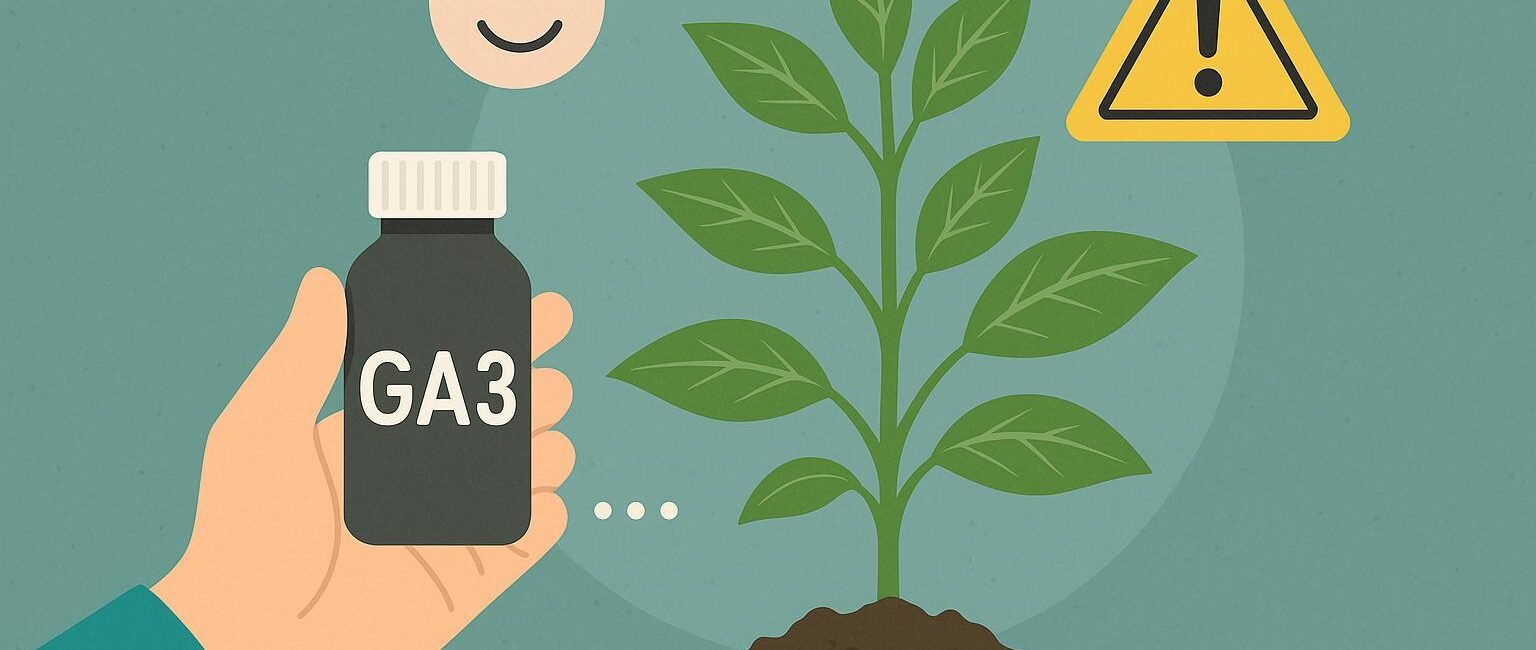
Integrated Pest Management (IPM) is a sustainable approach that combines biological, cultural, physical, and chemical tools to minimize pest damage in an environmentally responsible way. One of the most practical tools in IPM is the use of traps and lures. These tools offer targeted, measurable, and cost-efficient pest control without disrupting ecological balance or harming beneficial insects.
Farmers, horticulturists, and agronomists worldwide increasingly integrate trap-based solutions into pest control strategies. Whether for large-scale agriculture or greenhouse production, the role of traps and attractants is vital in shifting from reactive to preventive pest control.
What Are Traps and Lures in IPM?
Physical control devices called traps and lures are made to draw in, keep an eye on, or eliminate particular pests. Generally speaking, lures are materials that release semiochemicals that pests pursue, such pheromones or food odors. Using sticky traps, bucket traps, light traps, or other specialised devices, the pests are captured after being persuaded.
Trap types vary depending on:
- Target pest species (e.g., fruit flies, moths, beetles)
- Habitat (open field, orchard, greenhouse)
- Monitoring vs. mass-trapping function
For example, pheromone traps target specific insect sexes—often males—to reduce mating success and, consequently, the number of subsequent generations.
Why Use Traps and Lures Instead of Chemical Sprays?
By detecting pests early and assisting in determining the best moment to intervene, traps and lures help lessen reliance on pesticides. This enables farmers to avoid broad-spectrum treatments and treat only when necessary.
Advantages include:
- Minimizing pesticide resistance
- Protecting beneficial insects like pollinators
- Enabling targeted pest suppression
Additionally, environmental and regulatory pressures have led to stricter standards for pesticide use. Trap-based pest management supports compliance with global export regulations and organic certifications.
How Do Traps Support Pest Monitoring?
Traps are indispensable for monitoring pest populations. By regularly checking the traps, growers can identify the presence of pests, quantify the pressure, and evaluate trends.
Effective monitoring enables growers to:
- Time interventions precisely
- Identify pest outbreaks before thresholds are exceeded
- Avoid unnecessary spraying
A 2023 FAO survey found that using traps for pest monitoring decreased insecticide consumption by 27% in Southeast Asian open-field vegetable crops.
When used appropriately in terms of height and density, sticky cards, funnel traps, and delta traps yield accurate data. The number of pests captured in a trap that warrants additional action is determined by crop-specific thresholds.
Examples of Lure-and-Trap Systems in Action
Several proven lure-and-trap combinations are widely used in horticulture and field crops.
- Oriental Fruit Fly (Bactrocera dorsalis)
– Uses methyl eugenol lures in bucket traps
– Deployed in mango and guava orchards - Codling Moth (Cydia pomonella)
– Attracted by sex pheromone lures in delta traps
– Key pest in apple production - Tomato Leafminer (Tuta absoluta)
– Responds to sex pheromones and light traps
– Common in greenhouse tomato cultivation
Integrated pest suppression programs use trap catch data to make threshold-based decisions. Farmers can adjust strategies based on pest pressure, crop stage, and season.
Role of Mass Trapping in Pest Control
Using high-density traps to drastically lower the adult pest population is known as mass trapping. When applied regularly across wide regions, it works well.
Fruit flies and stored grain pests are examples of invasive species that are commonly managed using this technique. Using methyl eugenol mass traps, avocado growers in Kenya reported a 40% reduction in fruit fly damage in just one season in 2022.
To achieve impact:
- Traps must outnumber pest breeding sites
- Maintenance must be regular
- Attractants must remain potent and species-specific
Combining Chemical and Visual Attractions to Increase Effectiveness
For increased effectiveness, modern traps frequently combine chemical attractants with visual signals, such as colour or shape. For example, yellow sticky traps visually attract whiteflies and aphids, whereas pheromones attract certain targets.
Selectivity and catch rates are increased by using dual-attractant traps. This synergy helps make better decisions and lowers financial losses in high-value crops like citrus and capsicum.
According to a 2024 study by the International Centre of Insect Physiology and Ecology (icipe), tephritid fruit fly capture rates were 65% higher when protein-based lures and visual cues were combined than when single-lure traps were used.
Strategic Placement of Traps: Why It Matters
Trap positioning affects effectiveness significantly. Placing traps at crop canopy height or near pest breeding sites ensures maximum attraction.
Best practices include:
- Maintaining one trap per 500–1,000 m² for monitoring
- Placing traps near the field center and edges
- Regularly rotating positions to avoid lure saturation
Correct placement allows earlier detection of outbreaks and better spatial mapping of pest movement.
Buy agricultural fly traps
Effective pest control begins with the right tools. The ability to Buy agricultural fly traps from reliable sources supports field-level implementation of integrated management. These traps help reduce fruit fly populations, preserve yields, and support export compliance in fruit-growing regions. When used in conjunction with mating disruption and bait sprays, they form a crucial part of long-term fruit fly suppression programs.
“Pest control is not about eradicating insects—it’s about restoring balance between nature and cultivation.”
Trap Maintenance and Monitoring Frequency
Routine maintenance ensures trap longevity and consistent catch data. Attractants degrade over time, especially under high UV or rainfall conditions.
Routine actions should include:
- Replacing lures every 2–4 weeks
- Cleaning or replacing sticky surfaces
- Recording catch counts consistently
Pest monitoring should be done weekly during active growing seasons. In protected environments, such as greenhouses, a higher frequency may be required due to the rapid reproduction cycles of pests.
How Do Lures Target Specific Pest Behaviors?
Lures mimic natural stimuli like mating pheromones, host plant volatiles, or food odors. By exploiting behavioral biology, they achieve species-specific attraction.
For example:
- Sex pheromone lures attract male moths for mating disruption
- Kairomones attract beetles to traps by mimicking plant distress signals
- Food-based attractants lure fruit flies and houseflies using protein baits
Chemical composition, release rate, and lure longevity determine their field effectiveness. Controlled-release dispensers enhance attraction by providing a steady emission over weeks.
What’s the Role of Smart Traps in Modern IPM?
Smart traps incorporate sensors, image recognition, and data transmission for real-time pest monitoring. They reduce manual labor and improve decision precision.
Key features include:
- Image-based pest identification
- Automated counting
- Cloud-based analytics
By facilitating remote field scouting, these traps improve data-driven decision-making. The Trapview system, for instance, helps advisers make threshold-based spray decisions by taking pictures of insects and uploading the information to dashboards.
A thorough technical handbook on pest monitoring technology from UC IPM contains more information on this topic.
Integration with Biological Control Agents
Traps and lures complement biological agents by reducing pest numbers to manageable levels. While predators and parasitoids take time to establish, traps offer immediate suppression.
Combining traps with:
- Encarsia formosa for whitefly control
- Trichogramma spp. for lepidopteran eggs
- Steinernema nematodes for soil pest suppression
This synergy reduces chemical inputs and preserves beneficial populations. It’s a key tactic in certified organic and biodynamic systems.
Legal and Certification Relevance of Trap-Based IPM
Trap use is recognised as a compliant pest management practice by international certifying organisations such as USDA Organic and GlobalG.A.P. It facilitates market access and residue-free production.
Using monitoring and mass-trapping helps demonstrate:
- Reduced pesticide dependence
- Responsible chemical application timing
- Proactive pest management systems
The FAO IPM Guidelines include trap use as a central tool in national IPM frameworks.
FAQs
- How often should I check my traps?
Weekly checks are standard, but in high-pressure seasons or greenhouse systems, they should be monitored every 3–5 days. - Can traps eliminate pests entirely?
Traps reduce pest pressure but rarely eliminate populations. They’re most effective when integrated with cultural, biological, and chemical control. - What types of lures are best for fruit flies?
Methyl eugenol, protein hydrolysate, and cue-lure are effective, depending on the fruit fly species. - Do traps attract beneficial insects too?
Most well-designed lures are species-specific. Non-target impacts are minimal when using selective attractants. - How long do pheromone lures last?
Typically 3–6 weeks, depending on weather and lure type. Replace regularly for consistent performance.
Future Trends in Trap-Based IPM
As agriculture digitizes, expect to see:
- Integration with AI-based pest prediction models
- QR-coded trap analytics linked to farm dashboards
- Use of drones for trap deployment and recovery
Advanced polymers and microencapsulation technologies are also extending the release duration of attractants, making trap maintenance easier and reducing waste.

